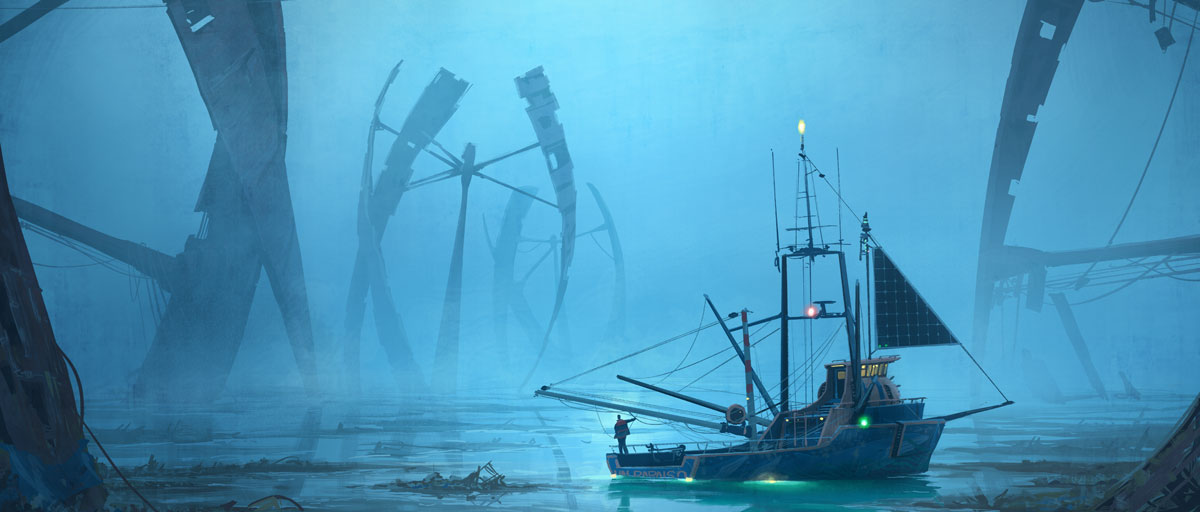SUSTAINABILITY PATHWAYS
On “Patchwork Earth”, there is no one-size-fits-all road to sustainability
Three ways science and policy can incorporate more of the diversity and complexity of the world when thinking about the future
- Different regions, with different contexts and values, will follow different sustainability transformation pathways
- This variety will produce tensions and opportunities as the outcomes of regional pathways interact
- Navigating these changes requires understanding of how regional pathways interact with global processes to produce better outcomes for people and nature
A PATCHWORK OF SOLUTIONS: In a world as diverse as our own, the journey to a sustainable future will look different depending on where in the world we live.
There is no one-size-fits-all solution.
But while these different local and regional pathways might on their own achieve (or derail) the globally-agreed-upon Sustainable Development Goals or other important local objectives, how they are influenced by each other and by global processes is difficult to predict.
To navigate this, a commentary in One Earth led by Elena Bennett from McGill University, with centre researchers Oonsie Biggs, Garry Peterson, and Line Gordon calls for new approaches for exploring and creating the future that more fully account for regional complexity, provide space for actors to imagine how they might act to help create better futures, and that foster action towards those futures.
The world is complex and contradictory, with a patchwork of local and regional contexts, which means global forces create a variety of on-the-ground outcomes.
Elena Bennett, lead author
Plurality, please
To increase capacity to navigate towards a more sustainable future on a so-called “patchwork earth”, the authors propose that science and policy should do a better job of:
- Envisioning diverse desirable futures. We need greater plurality in our understanding of what might constitute a desirable future for different people in different places, and a better understanding of the potential conflicts, opportunities, trade-offs and synergies between pursuing different visions in different places
- Nurturing seeds of sustainability. We need to nurture the growth of seeds of desirable futures and deconstruct the institutions and organizations that impede their growth
- Navigating emerging pathways. The world needs scientists, policymakers and practitioners to work together in ongoing processes of adaptive action, learning, and reflection that can identify and engage with unexpected surprises, conflicts and trade-offs as they emerge.
Engaging with multi-scale complexity
For example, a focus on global policies and a desire to use well-established global models means that current planning methods ignore national and local dissimilarities, questions, and challenges.
The authors point to methods that engage with multi-scale complexity, such as that pioneered by the Seeds of Good Anthropocenes project.
Here, participants develop radical positive visions of the future based on existing real-world ‘seeds’ of a better future - innovations that aim to address social-ecological challenges, but are not yet mainstream, such as tribal parks, urban rewilding, and community land ownership.
Co-author Garry Peterson, who is part of Intergovernmental Science-Policy Platform on Biodiversity and Ecosystem Services (IPBES) Scenarios and models task force, hopes such insights can be used to develop pluralistic and diverse scenarios nature centred scenarios for IPBES. The authors conclude by arguing that:
“Incorporating more of the diversity and complexity of the world in our thinking about the future, and better understanding the opportunities and tensions that may arise can help increase our collective capacity to transform towards a more sustainable and just world for all”.

Bennett, EM, R Biggs, GD Peterson, and LJ Gordon. 2021. Patchwork Earth: navigating pathways to just, thriving, and sustainable futures. One Earth 4(2):172-176. https://doi.org/10.1016/j.oneear.2021.01.004









